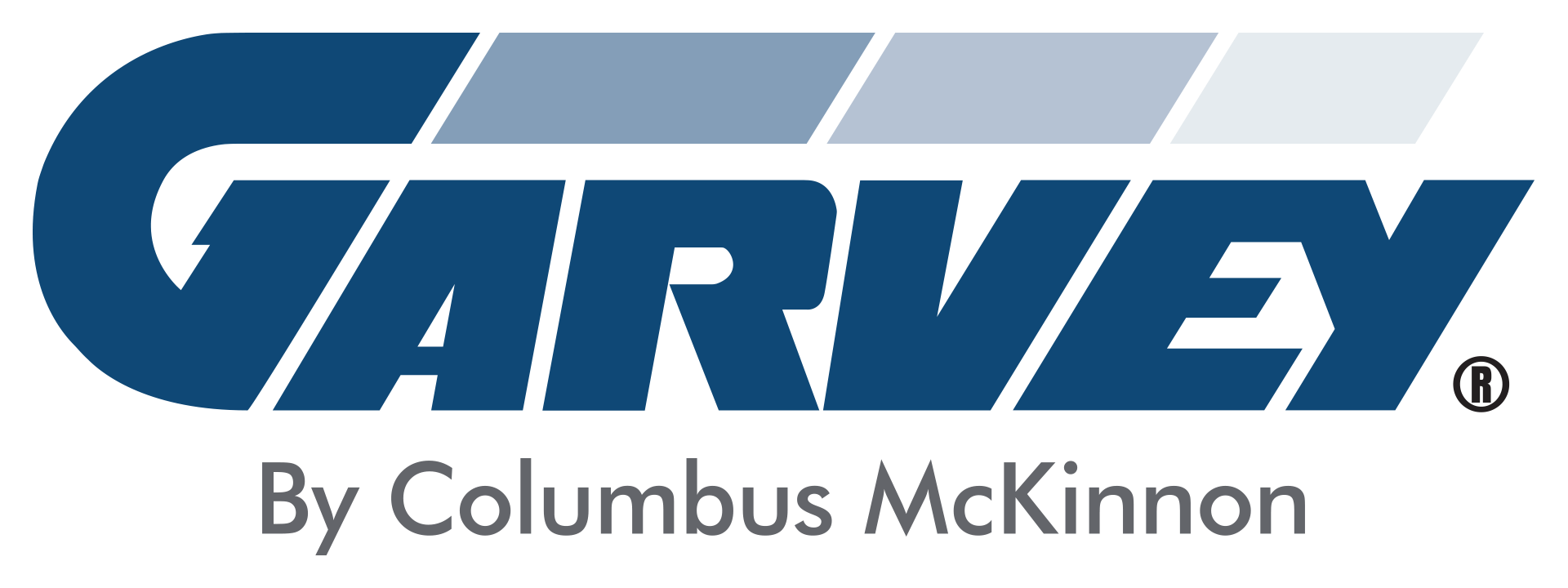Do you know what the bottleneck is in your manufacturing process? The limiting factor that’s keeping you from ramping up your production or sometimes even meeting your goals?
This bottleneck is your constraint, and it should be your top priority because it’s setting the pace for the rest of your line. Until you increase the capacity of your constraint, you won’t be able to increase your throughput.
So, how do you find it?
Constraints can take many forms. Labor shortages, regulatory requirements, and outdated ways of thinking can all impact your operations and, in turn, your production capacity. But at most of the companies we deal with, the primary constraint is a piece of equipment. Specifically, it’s the piece of equipment that has the lowest net output.
That may sound simple, and it is. But there are a few qualifications we need to make:
- First, you can’t determine the lowest net output just by looking at a machine’s settings or specs. A labeler on a bottling line may be able to label 300 bottles per minute in theory, but in reality 100% efficiency is impossible. At some point, the machine will run out of labels or become jammed, etc.
- Second, the net output of each machine — including the constraint — is likely much higher than the actual throughput of your entire line. This is due to the effects of downtime of the non-constraints (i.e., all machines except for the constraint). When non-constraints go down, they typically stop the constraint from running. This can lead to a 20-30% reduction in overall throughput.
How to identify your constraint by looking at your production line
The truth is, you probably already know what machine is slowing down your production line. If not, there’s an easy way to make an educated guess — look at the spacing between the units going into the machines vs. the spacing between the units coming out.
To illustrate this, let’s consider a story from Eliyahu Goldratt’s The Goal, which is the book that first introduced the Theory of Constraints back in 1984:
Alex Rogo is the manager of a struggling manufacturing plant. He has three months to turn it around. Otherwise, the plant will close and all of the employees will be laid off.
One weekend, Alex takes his son’s scout troop on an overnight hiking trip. As the leader, Alex’s goal is to get everyone to the campsite as quickly as possible while also keeping the troop together so he can keep an eye on them. But there’s a problem — one particular scout, Herbie, is a very slow hiker. The kids in front of Herbie keep running ahead, while the kids behind Herbie are trapped moving at a very slow pace.
Alex realizes that it doesn’t matter how fast the rest of the hikers are, the troop as a whole can’t go any faster than Herbie. That means that the only way to keep the troop together and get to the campsite faster is to for Herbie to hike faster. (We won’t tell you how Alex accomplishes this or how he applies this same concept to save the plant — we highly recommend you read the book!)
Alex has his epiphany that Herbie is the bottleneck when he notices the inconsistent spacing in the line of hikers. There’s a huge space in front of Herbie because the faster kids have zoomed ahead, while the hikers behind Herbie are all in a clump.
You can use this same logic to find the constraint on your production line. It’s the machine that has a huge backlog of units to process, while not providing enough units to keep the downstream machine running steadily.
How to identify your constraint by calculating machine output
A more systematic way to find your constraint — and determine its impact on your production — is by calculating the net output for each machine on your line. To do this, you need to know two things:
- The rate of each machine
- Each machine’s efficiency (to learn how to calculate efficiency, click here)
All you have to do is multiply the two numbers.
Example:
- Rate = 300 units per minute
- Efficiency = 93%
- Output = 300 x 0.93 = 279 units/minute
Do this for every machine on your line (you can use our Line Efficiency Calculator to get the answers quickly). The one with the lowest output is your constraint.
(Hint: Any piece of equipment can be the constraint. But if you’re running a bottling line, we’ll hazard a guess that your constraint is the filler.)
Now that you’ve identified your constraint, how do you improve its performance to keep it from slowing down the rest of your line? By protecting it! Find out how in our Complete Guide to Maximizing Throughput.
If you’d like to learn more, don’t hesitate to get in touch. You can also request a free line analysis by a member of the Garvey team.



